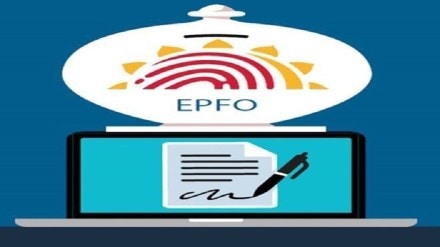There are around 8 crore active subscribers under the fold of the Employees’ Provident Fund Organisation (EPFO), and they see EPF as more than just a retirement savings tool — it is often their first and most reliable long-term investment. Over the years, the government has made several changes to EPFO norms to ensure ease of doing for its members. This article will discuss five major recent changes in EPFO rules for the transfer of funds on changing jobs.
The EPFO simplified the process for the transfer of PF account on change of jobs, wherein the requirement to route online transfer claims through either the previous or current employer was removed in the majority of cases. With the introduction of the revised process, now claims are directly forwarded to EPFO without requiring the employer’s intervention.
As a result, transfer claims, except in certain situations, do not require any approval from the employer when a member leaves employment and joins another establishment. This simplified process has resulted in a considerable reduction of the turnaround time for the claim on submission by members. It has also greatly reduced the member grievances along with the corresponding rejections. Large employers who have a large workload of approving such cases have benefited the most.
What has changed now in EPF transfer process
Until now, one problem has frustrated almost every job-changing employee: the EPF transfer process. Missing details, mismatched dates, different UAN-linked accounts, employer delays, and hours spent chasing HR — these were part of the experience any time an employee moved to a new job.
However, the EPFO has introduced significant changes that aim to make the EPF transfer process faster, smoother and largely automatic. Here’s a detailed look at what has changed and what it means for workers.
1. Automatic EPF Transfer for Job Switches
Until recently, employees had to manually apply for an EPF transfer using Form 13, get it verified by their previous employer, and wait weeks or months for the process to complete.
Now, EPF transfer initiates automatically when the employee joins a new job and the new employer updates the date of joining. The employee’s UAN (Universal Account Number) remains the same. This automation removes employer-level delays and reduces paperwork almost entirely.
Earlier, many transfers stayed pending because employers didn’t approve requests on time or employees didn’t know the correct steps. Now, the system itself triggers the transfer.
2. One UAN for lifetime — No new UAN on job change
Although “one UAN per employee” was already a rule, many workers ended up with multiple UANs due to administrative errors or incorrect details.
EPFO has now strengthened this rule: New UAN creation is blocked if one already exists. Aadhaar-based verification now prevents duplication and old and new PF accounts are linked automatically to the same UAN.
As a result, workers will not have to merge multiple UANs anymore — a major source of confusion and delays during transfers or withdrawals.
3. Faster employer verification through Aadhaar + e-KYC
Earlier, EPF transfers often got stuck because employer signatures didn’t match, KYC wasn’t completed or date of joining/leaving was mismatched.
Now, EPFO uses Aadhaar-based e-Sign, KYC auto-verification and API integration with employer, HRMS systems. This has reduced the verification time drastically. Transfers that earlier took 30–45 days now aim to get completed in 7–10 days, sometimes even faster.
4. EPF passbook shows combined balance after transfer
Earlier, employees had to manually check if the transfer was successful by comparing the old passbook, new passbook, and transfer claim status.
Now, once the transfer is complete, the old account shows “zero balance”.
The new passbook will show the full combined balance and this makes it easier to track the continuity of PF contributions.
5. Exit date made mandatory for previous employer
One of the biggest reasons for transfer delays was that the previous employer didn’t update the exit date. EPFO has now made it mandatory. If the employer fails to update it within the timeline, the employee can self-declare the exit date using Aadhaar OTP, and the system will auto-approve it.
This is a major relief for those who had disputes with their past employer or whose HR was unresponsive.
6. Interest will not stop during transfer
Earlier, during the transfer process, the old PF account often stopped earning interest, especially if the transfer stretched for months.
EPFO clarified that now, interest will continue to accrue until the amount is actually transferred; employees will not lose out on earnings during the transition. This ensures the retirement corpus grows uninterrupted.
